My first medium-sized parrot was a Congo African Grey. It was a plucker, but being a kid and and totally clueless about bigger birds (only had budgies, lovebirds and cockatiels) my sister and I thought that it was a young bird. When we realised, we returned it back to the shop.
I did not keep another Grey until many years later in 2013. Since then I’ve had one more single bird, another youngster in 2014.
In this article I will write about my experience with propagating Greys. The usual disclaimer, in a local context only and that what worked for me may not work for you.
I acquired my first pair of wild-caught Greys from my mentor in the end parts of 2014. After hearing about him giving up most of his flock, a friend and me descended upon his dwellings and took over 3 proven Grey pairs and 2 proven Sun conure pairs. Later I would take over my first proven pair of Eclectus.
I consider myself very fortunate to be able to start with proven pairs and that they are true breeding pairs. Many hobbyists have no access to proven pairs. My friend and I had no proof that the birds are breeding pairs except for the oldest pair that had a few days’ old chick in the box. All that we had was my relationship with my mentor.
My mentor kept all his Greys in divided 3ft (90cm) cages. That would make it a 2ft x 1.5ft x 2ft height space for each pair. He did not like people taking photos, understandably. So this is my best replication of his setup.

It may look big in the photo but it is actually very cramped. I put my Greys in a 3ft cage by themselves with a DIY’ed nestbox. I purposefully made the hole tiny so they would have to chew their way in as I had read that it would encourage hormones. Within a month they had chewed a hole big enough for them to enter the box.
Never underestimate the power and perseverance of a Grey. That wood was 8mm thick.
There was no further progress and after it became apparent that they did not use much cage space I downgraded them to a 2.5ft (75cm) cage.
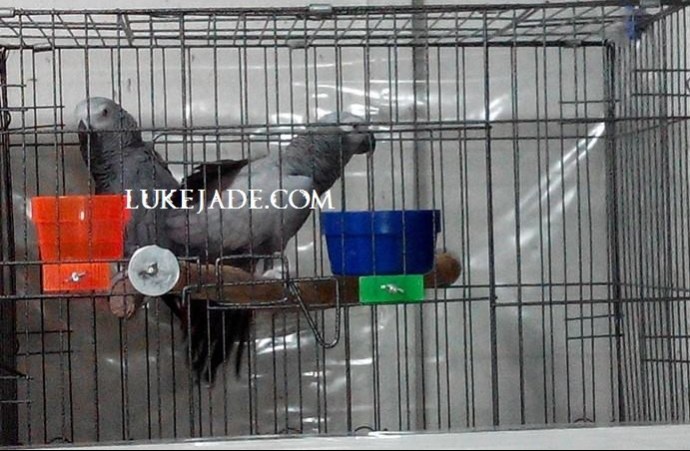
I talk to my birds whether they are tame or not when I change their papers and feed them. This is quite important, I feel, to let birds settle down and get used to you. Within 4 months they felt comfortable enough to hang around me.
Stretching one is the female. I named her Squeaky because of the squeaking noises she made and adored her because she was the calmer of the two.
Most female Greys are a lighter colour than the male. Their heads are also rounder and less eagle-like than males. Male Greys also tend to be more fearful and usually the first to growl when you approach the cage. There are exceptions of course.
Shortly after, one night at 1AM (I was a darn late sleeper) I heard some wheezing noises from the Greys. I watched the two of them and observed for the first time the pair mate.
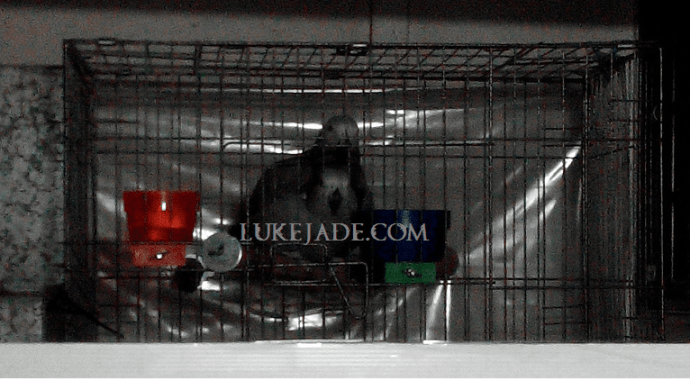
By then I had swapped to a metal L-shaped nestbox. I think it’s quite an honour that two wild-caught birds would feel at ease enough to initiate mating in my presence. They continued mating for the next week or so (always after midnight) but to my disappointment they did not lay.
I acquired a second pair of proven Greys (it was the older of the other 2 pairs that my friend got from my mentor), put them in the same setup and a few months later seeing no further progress, decided perhaps maybe I should try to replicate my mentor.


Both female Greys eating from separate bowls. Yep, that is how semi-tame Squeaky in the foreground became. I really liked her.
You can see my favourite Polly’s perch in each side. The acrylic divider was custom sized. If you look closer you will see that I actually cut the bottom grill as well, if not the birds would make a mountain of shit on a normal spaced grill. I am very fond of modifying cages and things to my liking. This is one part about breeding I enjoy. There is no such thing as impossible or cannot, you simply find a way around a problem if it is not the birds. I cut the nestbox holes myself amongst other things.
I still saw no progress with that setup, and there was the odd case of horrible blood splatter and pool on the tray (which I shall not share with you the photos) and surroundings but I could find no visible injury… and that setup was very dark for both pairs of Greys. I just did not like it because it was cruel and furthermore it was extremely dirty, even if my mentor had somehow succeeded with all his pairs in that type of setup.
The older pair of Greys (I was told they were over 40 years) were insanely dusty – from age, my mentor said – and despite being in that small a space liked to flap and blew the dust all over. They also took a long time to settle down as compared to Squeaky and partner and after a while I decided to give them up. If I could describe to you the dust…
In 2015 a friend of mine took over Squeaky and mate. I don’t recall exactly the circumstances of why but to cut a long tale short (and I’ve been quite generous so far) I reacquired them back early 2016. This time I decided to cover them up. But I thought on it, the Greys would chew on blankets and it was not safe…so I spent a bit of coin and customed many pieces of black acrylic and covered up the cage.
I don’t have a photo but it was darker than when the two Grey pairs were in the 3ft cage. I was concerned for their eyes given the lack of light but decided to just give it a shot. Within a 3 month span they had laid for the first time since out of my mentor’s hands and the 2 of 3 eggs were fertile.
I need to add in here that I artificially incubated most of my eggs for a long time. That was due to a crack in my first Eclectus egg and fearing more just decided to incubate any eggs that followed. I will write a little about incubation and assisted hatching in future.
Both eggs hatched but I lost one due to being overanxious assisting one of them.
I sunned the Greys daily after their first clutch with me. With every successful clutch I slowly began removing the black acrylic pieces to the point whereby they still produced without being covered at all.
In early 2017 I acquired another proven pair of Greys. This was strictly through a trusted friend recommendation, that his friend – a highly reputable breeder – was giving them up. The birds were young, female about 10 or so years old. They had produced before but for some reason stopped a few years back. I was confident that with appropriate privacy they would breed again, just a matter of time.
The female was an ex-pet. I did not think much of it for she was panicking and acting like a wild bird when the breeder caught them out of their cage. You can see my setup below for the two pairs. Squeaky below and the new pair on top. I considered moving Squeaky on top but since she was already producing I did not want to break that cycle.

You can see one acrylic panel remaining. The lone female eating is the ex-pet. And inevitably I started talking to that new pair and one day I decided to see if the female would let me touch her beak since she was always outside the box when I was present.
Things progressed real quick –

I admit I may have made a mistake here. One thing led to another –
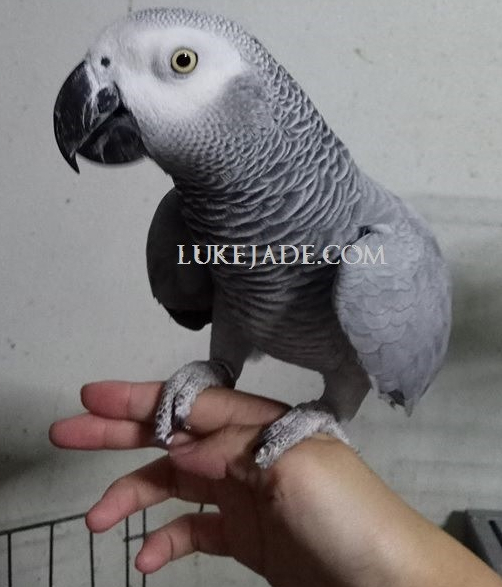

Before long I was playing with her and she became more interested in interacting with me than her mate. I saw the male try to initiate mating but she saw me watching them across the room and was not keen on his advances.
Tame birds are noisier and so was this one. Every evening she would be twice as vocal as the rest as I cleared up the papers and I had – probably still do – a habit of sniffing tame birds. It was not long before I was sneezing quite badly (I have a chronic sinus problem since young). Coupled with the female’s disinterest in her mate and her exiting the box every time she heard me I realised my mistake.
In the later part of 2017 another friend who had bought the other pair of Greys from my friend (who could not wait for either pair to breed) who bought from my mentor wanted to give them up. They had bred in his hands after a year of waiting and quite steadily. I knew those birds were a true proven pair and decided to give up this tame female and her mate to acquire that pair. While that pair was used to human presence, my friend had not interacted with them. They were almost like Squeaky except that the male was the braver one.

You can see I used a webcam or CCTV. This I feel is a necessity. Observation is critical to success.
The new pair’s female was very dark grey. It is best not to rely on colour alone to sex a Grey.
The male being braver, would stand on the outside until I entered the room and then he would slink into the box and hover at the entrance inside. I continued talking to them and during changing of papers purposefully waited to put the tray back in so he would see Squeaky and mate below to learn that I was not to be feared. And boy, he hated the other male! The previous pair of tame female + wild male, had no reaction to Squeaky and mate. I suppose this wild-caught male was also an alpha.
The new male’s despise of Squeaky’s mate was greater than his wary of me and soon he was hanging at the bottom hammering at the grill trying to get to the other male. He broke many grills, quite a shocking thing. Black coated, hammer spray, chrome did not withstand his beak so you can imagine how large he is.


You can see him looking at the other male at the bottom. Sometimes the male at the bottom would hang upside down and they would try to get at each other.
This fight for dominance led to Squeaky and mate going through their laying cycle faster. I noticed a marked reduction in time in between clutches. There was a catch though, initially only 1 of 3 eggs were fertile. I presume that whenever one of them mated, the other pair was led into believing that mating had taken place and thus laid without sufficient mating. Later when they had more or less sorted themselves out, it was back to 3 of 3 fertile for Squeaky and mate.
The second pair produced a clutch with fertile eggs end 2017. By then I was reluctant to incubate since Grey eggs did not see equal success as Eclectus being incubated and did not incubate them. Unfortunately they did not hatch and I believe it may have to do with the female laying 4 eggs and unable to sit on all of them at once.
In early 2018 I passed my Greys to a trusted friend. If there was one regret, it was letting go the very dusty pair. Granted they were twice as dusty but on hindsight if I had held on longer I might have seen success. The owner after me also did not wait and sold them as a bonded pair – a great loss!
The most important I have learned from these Greys – they need privacy. I had Squeaky and mate in a bird room but they did not breed until covered up which also helped them settle down further. In another case, a friend had a pair of Greys that mated continuously but did not lay for months. When he gave them up, the new owner – also a friend – put them in a bird room whereby there was no human presence (less than mine anyway) and that pair swiftly laid twice.
Greys are also very fond of routine. If I switched off the lights any later than 9PM they would start complaining and making noise until it was dark.
I did use supplements, Nekton S and E combined along with Calcivet. The Nekton as mentioned previously seemed to have no effect on the already-proven birds.
Diet-wise I gave them Zupreem Avianbreeder pellets. I used Cockatiel (M) size to save on wastage. Twice or thrice a week they also ate Maqnum mixed parrot seed. If you buy that in bulk 20kg bags it is more cost-saving than kg by kg as breeding Greys eat a lot. In the daytime I fed vegetable chop but most of them preferred to ignore it (unless it was beans and corn) and wait til pellet time in the evening. When they had chicks I added eggfood and a large amount of sprouts. The birds also received oil palm seeds twice a week.
For the chicks, I used Zupreem Embrace handfeeding formula. Unfortunate this is no longer being produced. I pulled them at 3 weeks, any later made for noisy and fearful chicks for a longer time.
Do take note that Greys do make sounds at dawn and dusk. These include loud cackles, pops and whistles. They also whistle at late night when everyone is asleep! With the CCTV I was able to see a pattern in the Greys’ mating – it was always after 11pm, sometimes it was 1-3AM and these are usually accompanied by whistling. Rarely they mated in the day. But otherwise Greys are quiet – unless yours is tame – and that makes them nice to breed as compared to other species of equal size.
Grey price, be it wild or tame has shot up. Wild birds now cost almost as much as tame ones as people rush to buy them for breeding.
Pairing two single wild greys. I have not had the opportunity to pair up single Greys but I have watched friends try. One in particular was a proven bird but had lost his partner. For a month he was without a mate and when introduced to a new one, quickly bonded. Greys will not go so far as to kill each other like Eclectus might.
Why I chose not to pair up single Greys is because unless one is very certain of the bird’s age you could end up with a 4 year old bird instead of a mature one. Then the wait is uncertain and most of the time very long. The eye of a 4 year old is similar to a 6 year old and the risks are there. I also did not pick up the skill of visually sexing Greys until later and to procure non-DNA birds and risk them being of the same gender was not worth it.
Some photos of the Grey pairs to show contrast in colour in sexes for most birds:
One thing that amused me to no end and gained my admiration was how creative my mentor was. Here are the Greys I got, look what he used for a ladder in the nestbox. That is the nice thing about breeding, it makes one think out of the box.
Squeaky in the front and male behind.
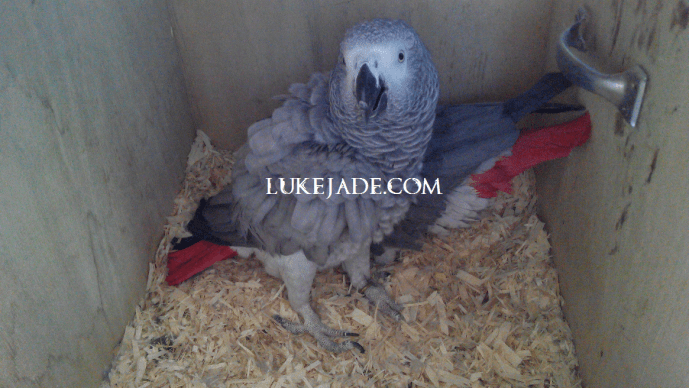
Squeaky in the front and male in the back. That is barley which they didn’t eat.
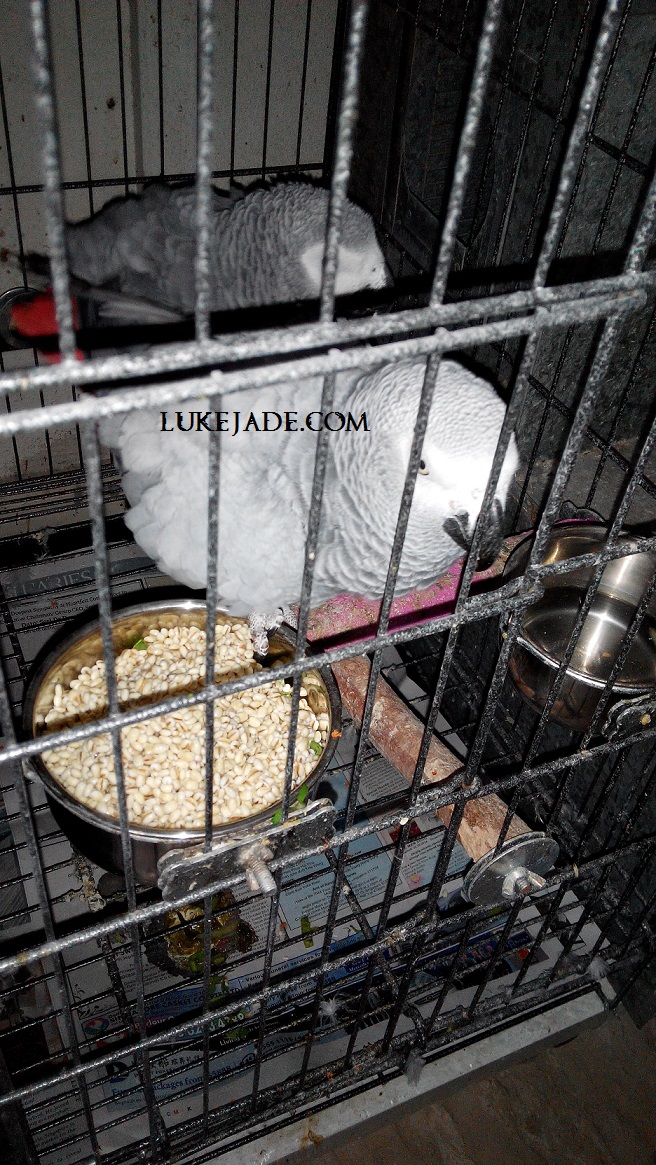
The purportedly 40-year old pair. Female at the front and male in the back.
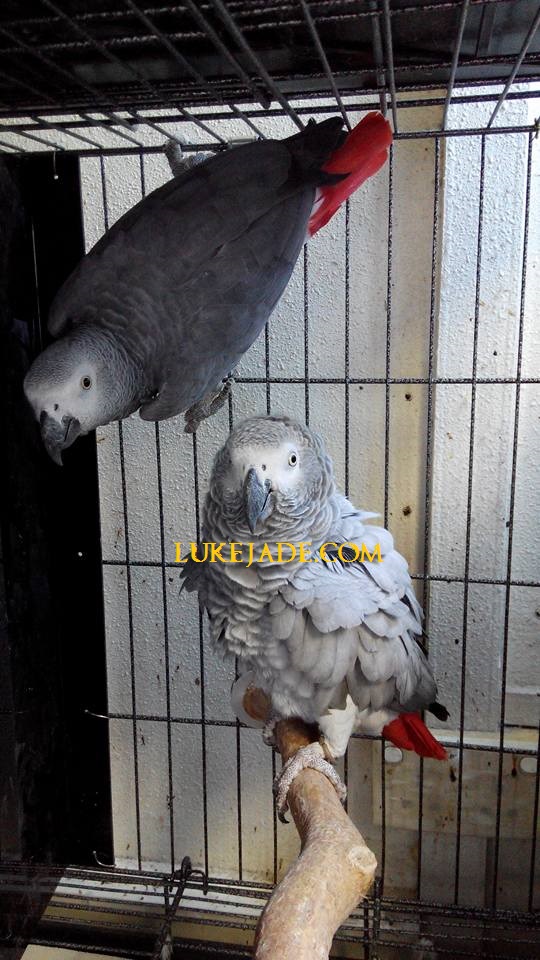
Squeaky and mate. Male is in the front. His blocky head shape is very obvious here. I haven’t been able to get decent head photos because they don’t sit still long enough.
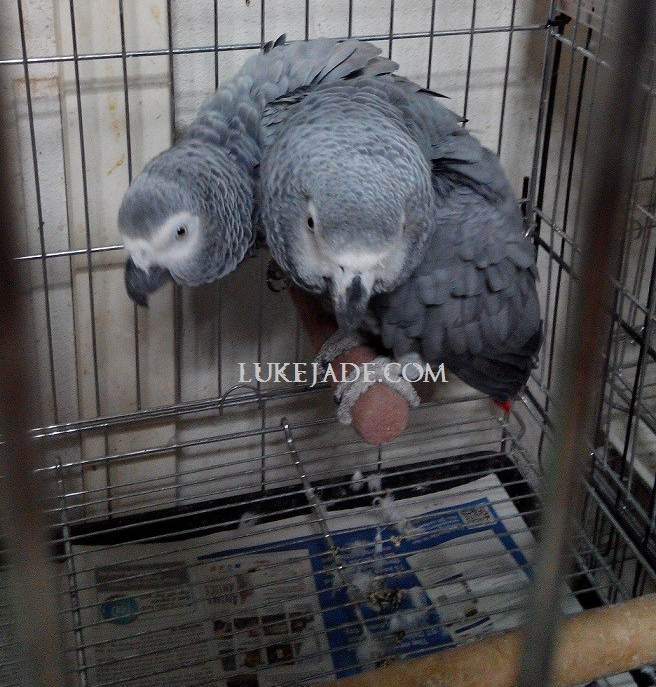
Male on left and Squeaky on right. You can see I gave them toys in the end. It is not true that toys will distract birds from breeding.

Squeaky on the left and male on the right.

If anyone you are buying a so-called proven pair from does not have tons of photos of the pair with chicks then you should run. There are also photo-stealers so do watch out! Videos work best. Regretfully I have some issue uploading videos from my phone so I can’t show you any.
Squeaky mating in the day.

And in the night.
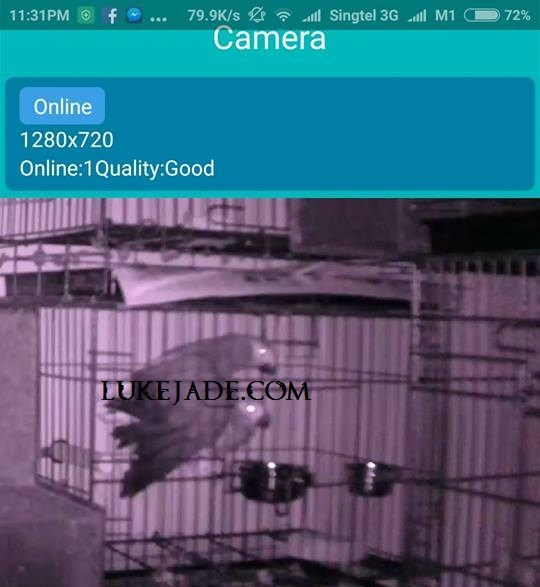
The last pair I acquired, mating in the day.
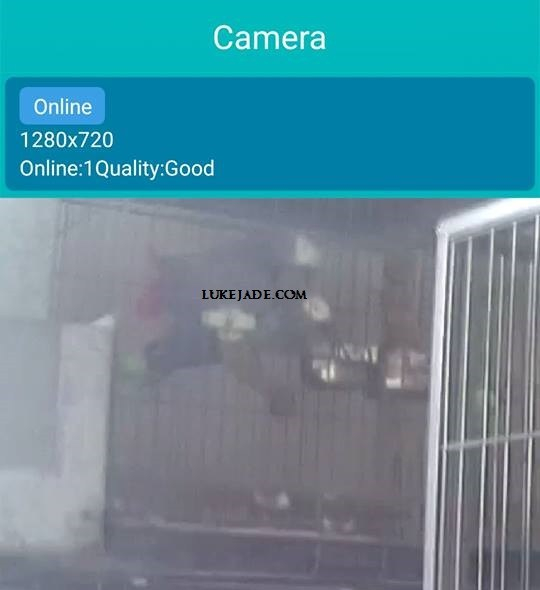
And at night.
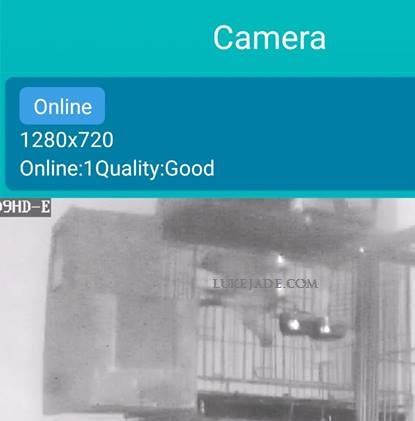
I have plenty of chick photos, but the Internet is filled with them too. More often than not I see individuals and shops – in particular – either state their birds as younger or older than they really are. Some shops are so ignorant (Google is everywhere man!) that they recommend too little handfeeds or too much for a young bird. I have seen more dead birds from shops than breeders. It is always better to buy from a breeder than shop but do your research first. There are good and bad breeders.
~
Squeaky and a bowl of Maqnum mixed parrot seeds. This particular bird touched some deep part of my soul that no other Grey did. Towards the end of her time with me she became very bold and would clamber out of her cage or just stand at the door as per the photo. I’m quite sure she knew that I was exasperated but kept going on purpose.
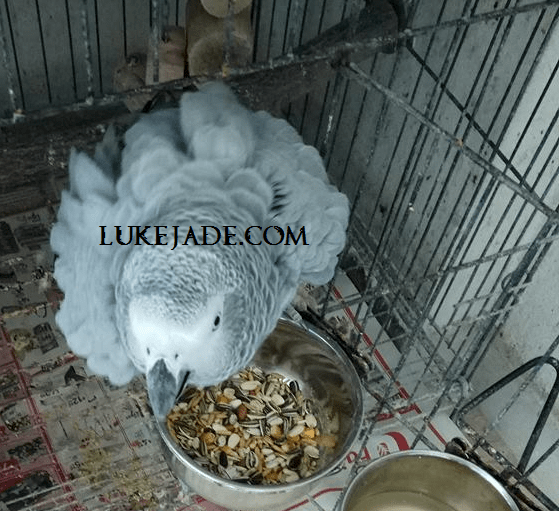
An end.
I do not think I have written as well as I wanted to. This is my second attempt actually. But I promised a friend I would get this out in a few days and furthermore beginning October I won’t have the time to write. I am sure there are a few disappointed readers who may have wanted to find out more about pairing single Greys or success from scratch. All the Greys from my mentor were paired up by him, he did not buy proven pairs. And they all bred for him even the many other Grey pairs he had before these.
Nonetheless this is my experience and again I say I am very fortunate that my mentor did not cheat me. If you’re wondering how much I spent in total:
$2500 + $2500 + $ 2700 + $4000
The price of a true proven pair can go very high as you can see. In fact I would say that there is no ‘average’ price for a proven pair of birds. The owner sets what he deems the birds to be valued at. Some people tell me I’m crazy to spend $4000 but if ascertained to be truly proven, the chance of recovering that amount is a lot higher and faster than if I were to get only bonded. You can call it an investment if you like. For me I simply prefer to buy with confidence.
The key to breeding these birds is patience and let me repeat, privacy. Many many people give up because they cannot wait or afford to feed a whole year or years. If your birds are already mating but not laying you are on the cusp of success. They just need more privacy if they aren’t excessively old. If your birds are laying but infertile eggs you need a CCTV to see what is happening.
Did I consider the 40-year old pair to be old? Well, they still produced a healthy 3 eggs right up to the point of procurement by my friend. I did witness another friend’s older pair of perhaps 60 or so years birds that only laid one egg in one year but the environment could have been improved…
Recommended cage size: 2.5ft or 75cm. Does nestbox shape matter: They bred in normal tower boxes for my mentor, and L shape for me.
~
The Grey in the featured photo is Squeaky. That’s the time she first climbed out while I was feeding the Greys and sat there waiting. She is fully flighted and I never clipped her. I had to bribe her to go back into the cage. A naughty bird and full of character.
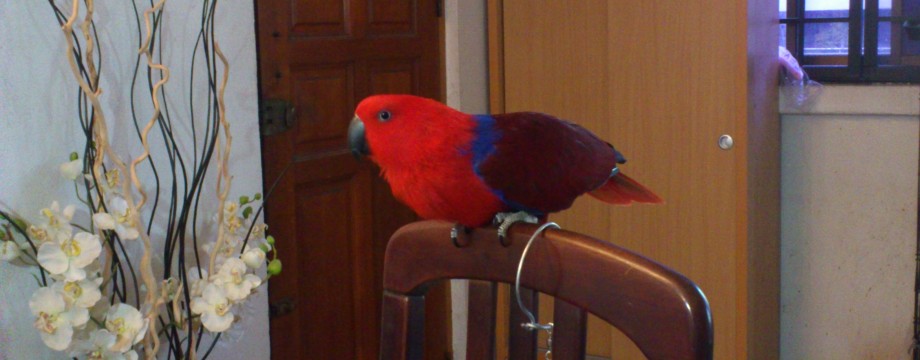



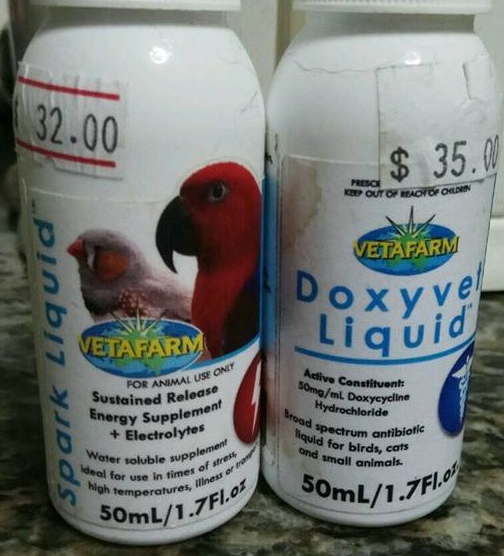


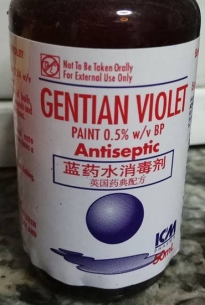
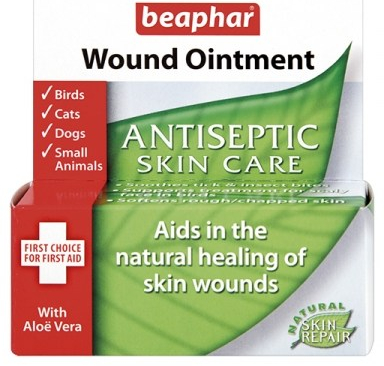

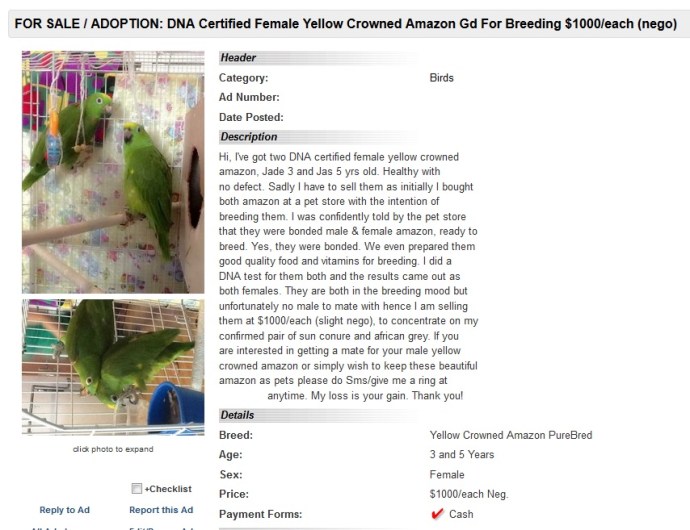
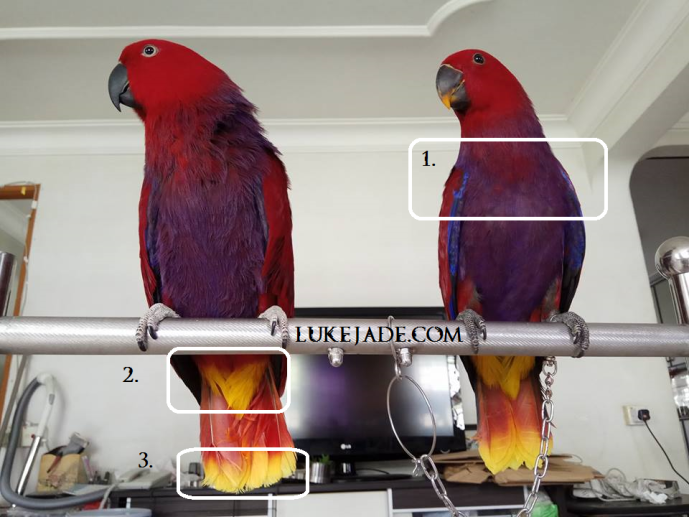

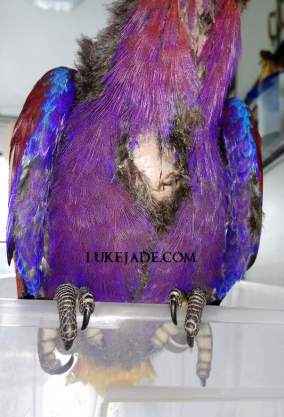



 <- Left
<- Left <- Right
<- Right

 (All 3 are different birds)
(All 3 are different birds)

 (All three are different birds)
(All three are different birds)
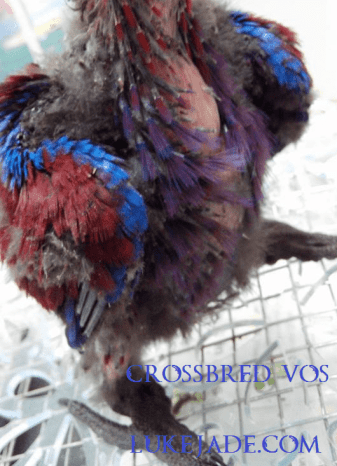



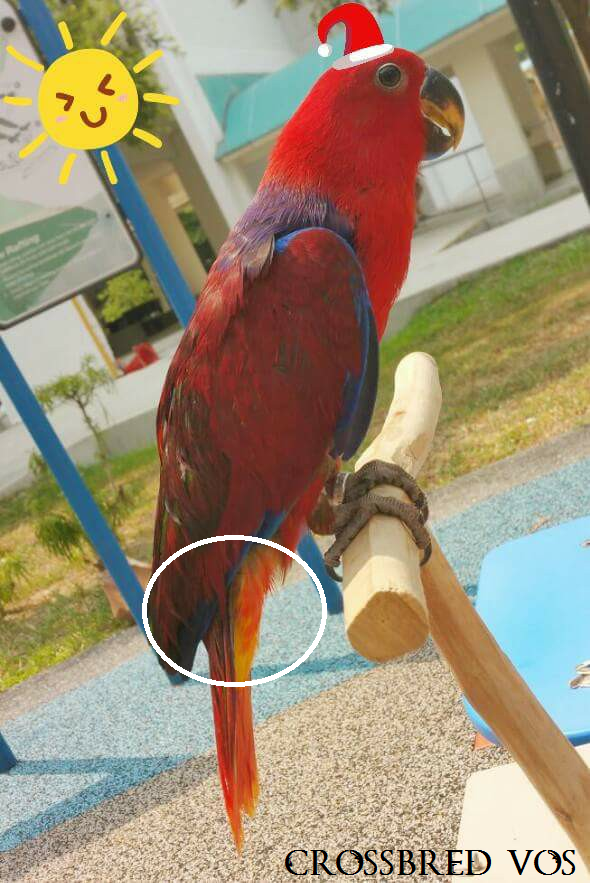

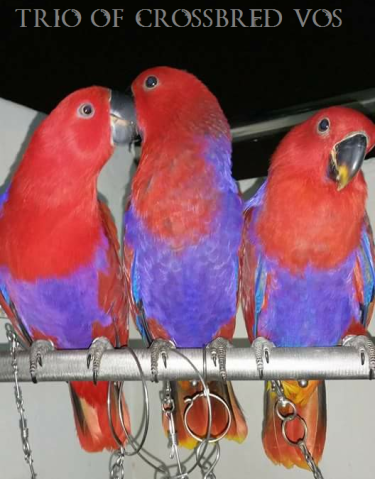






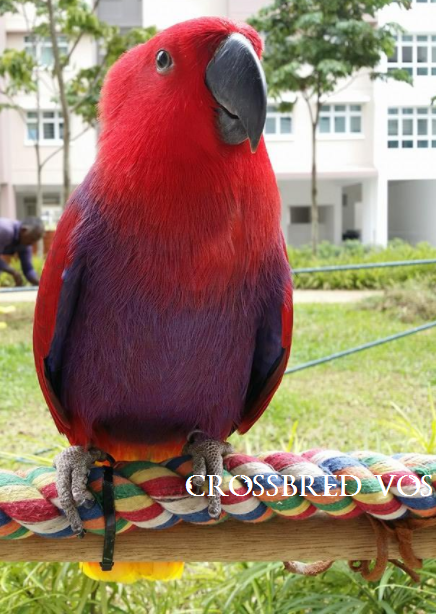
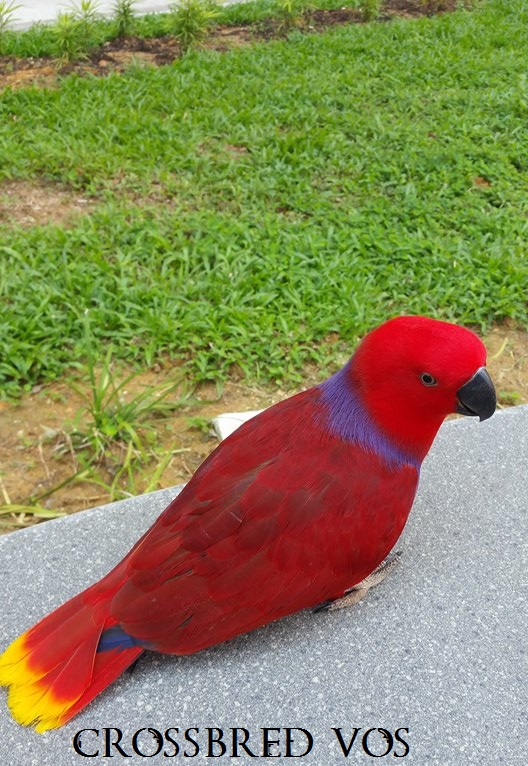
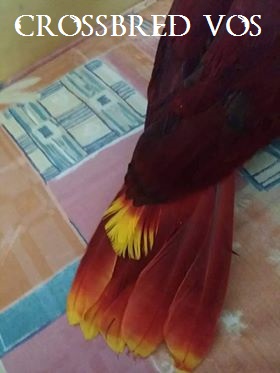
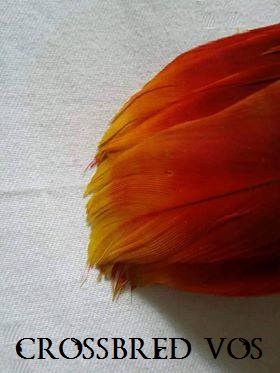
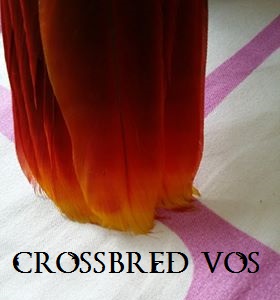
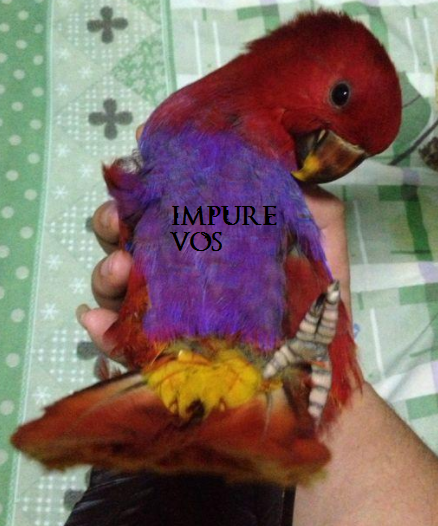






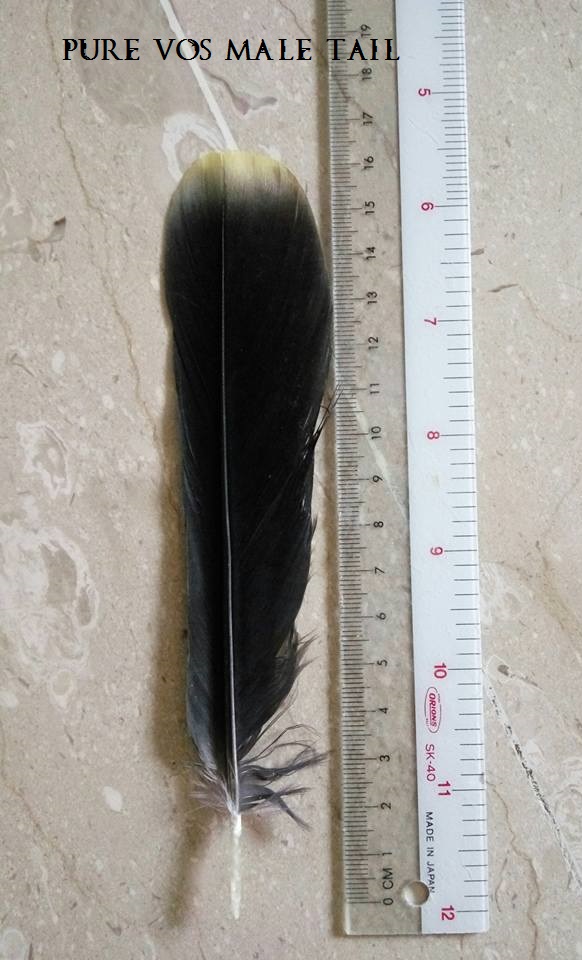
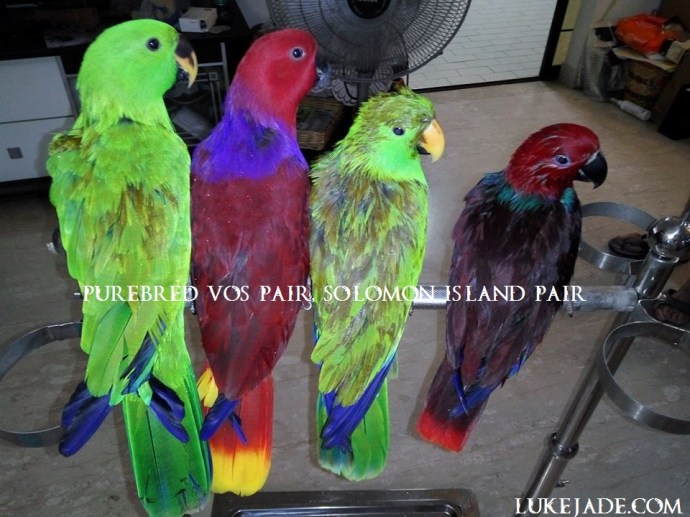
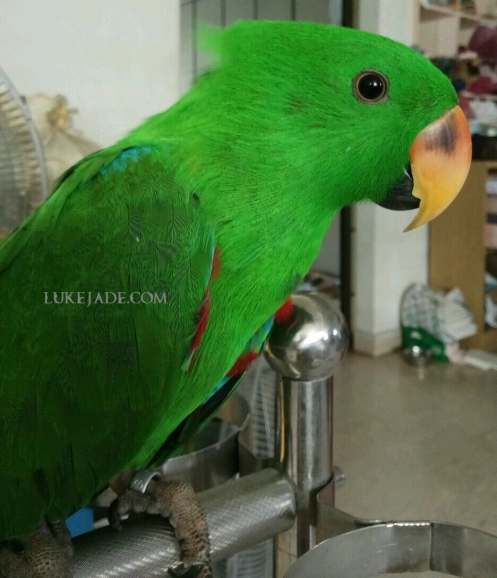

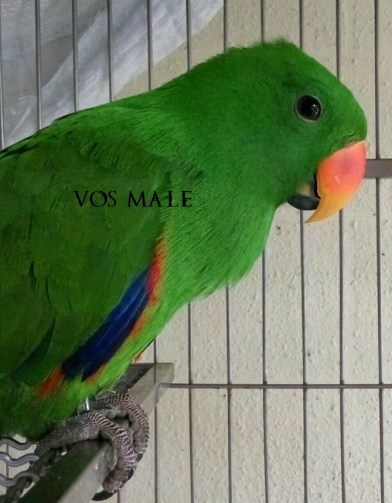
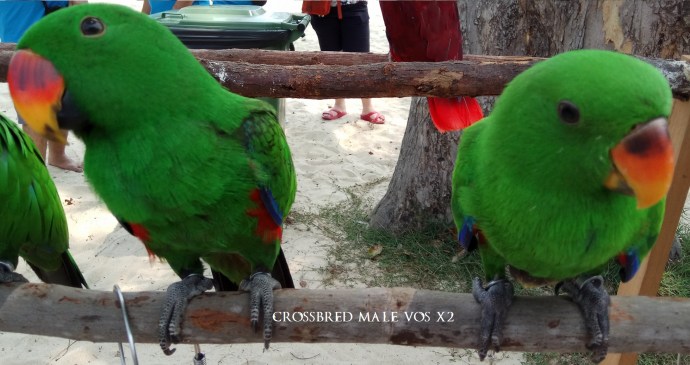
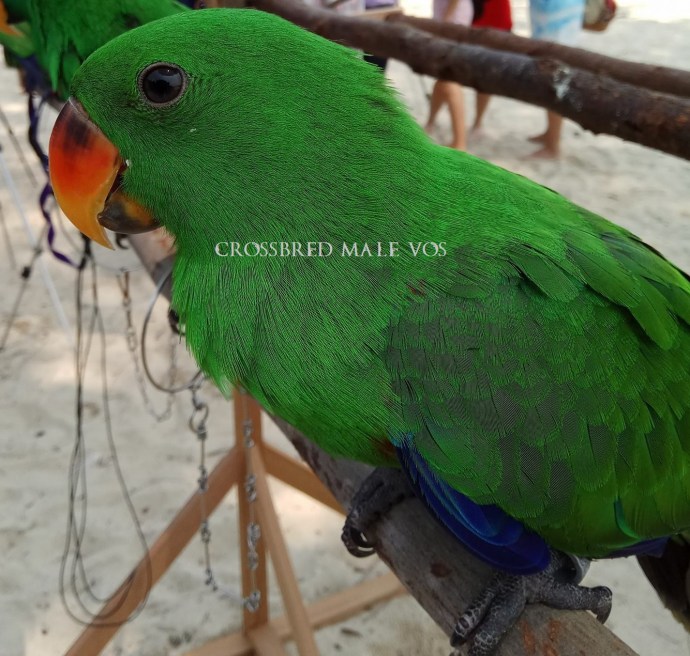

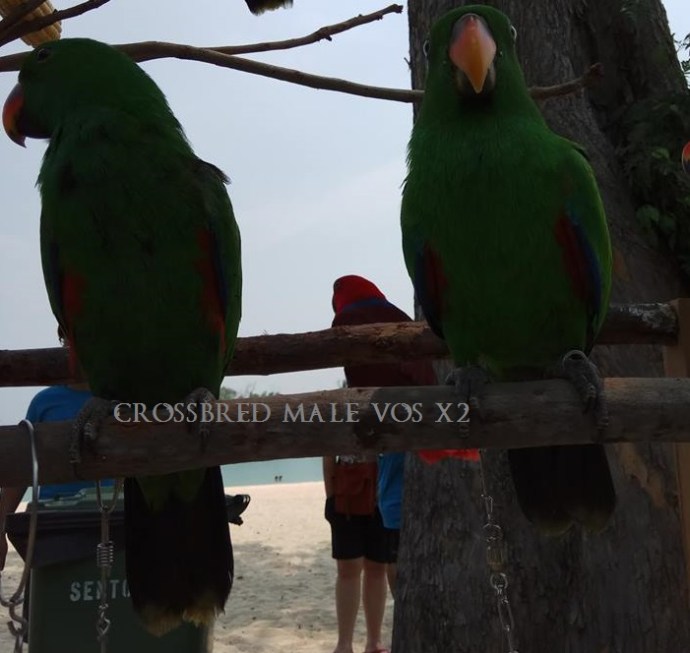

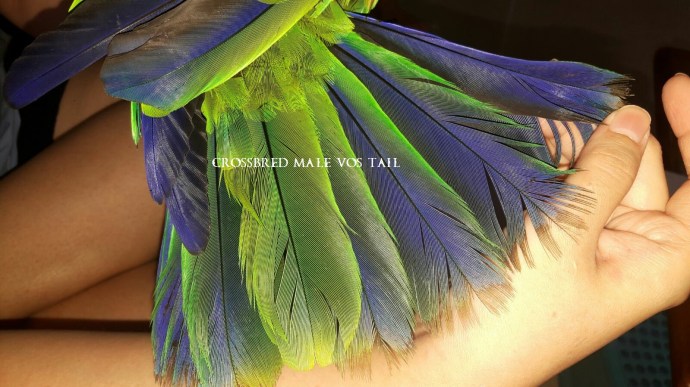
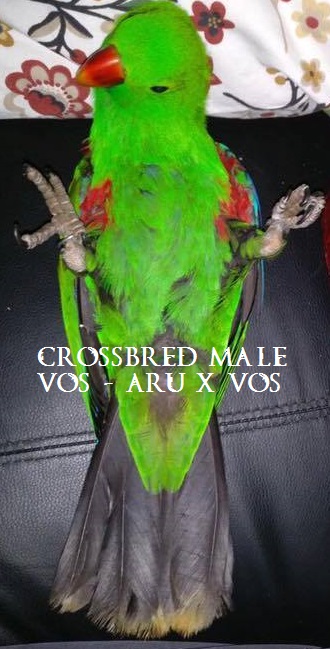



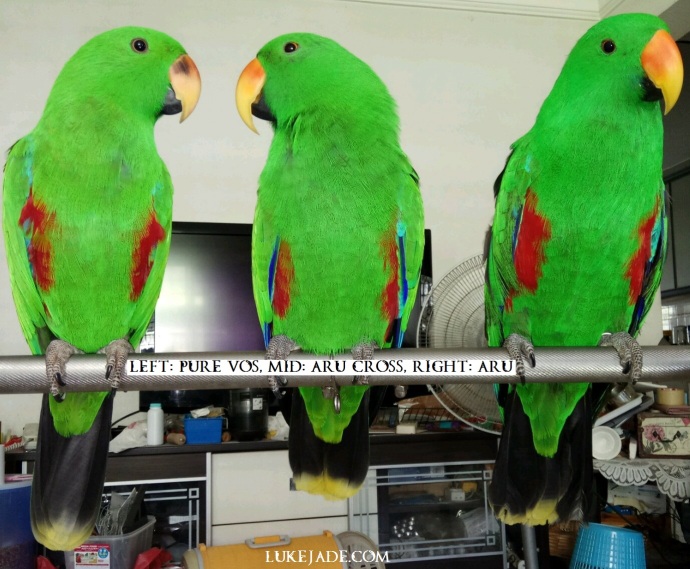
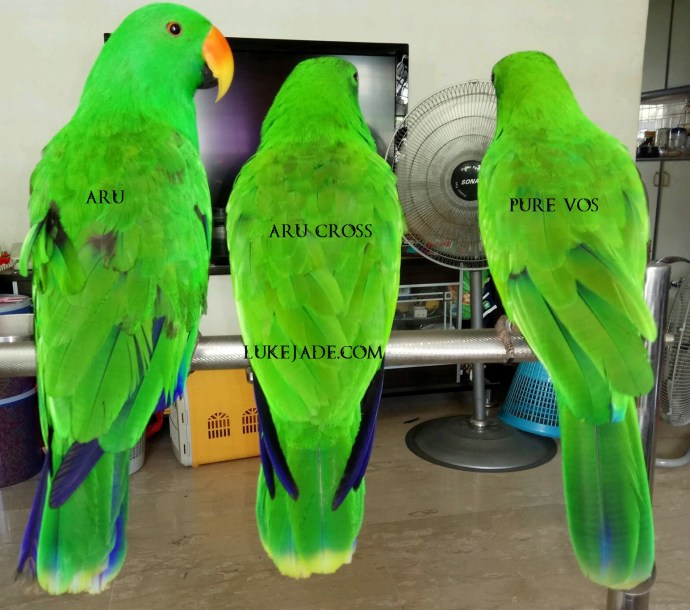

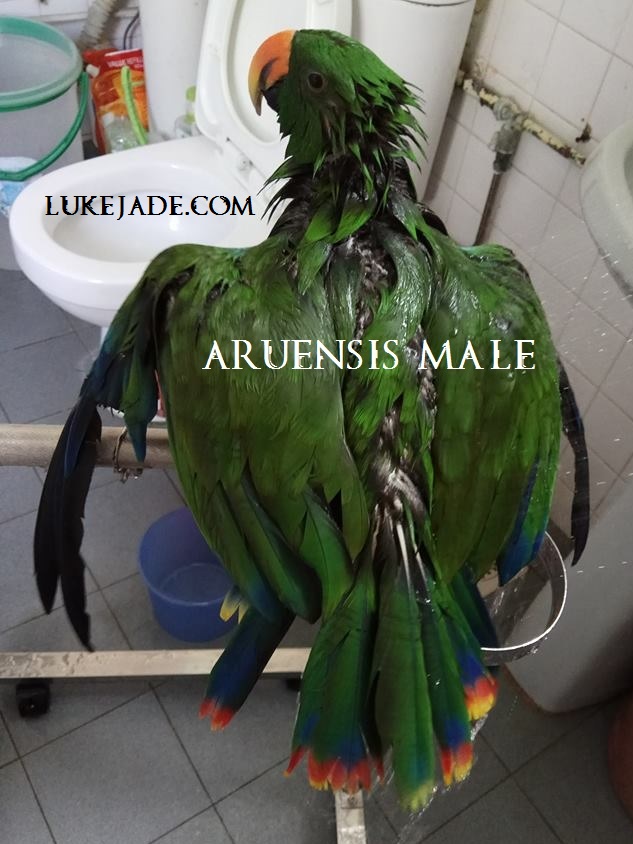
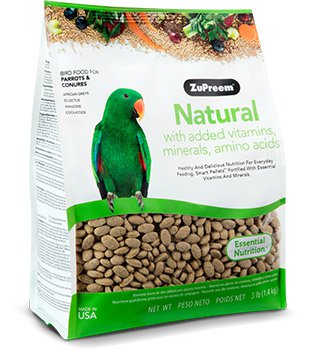

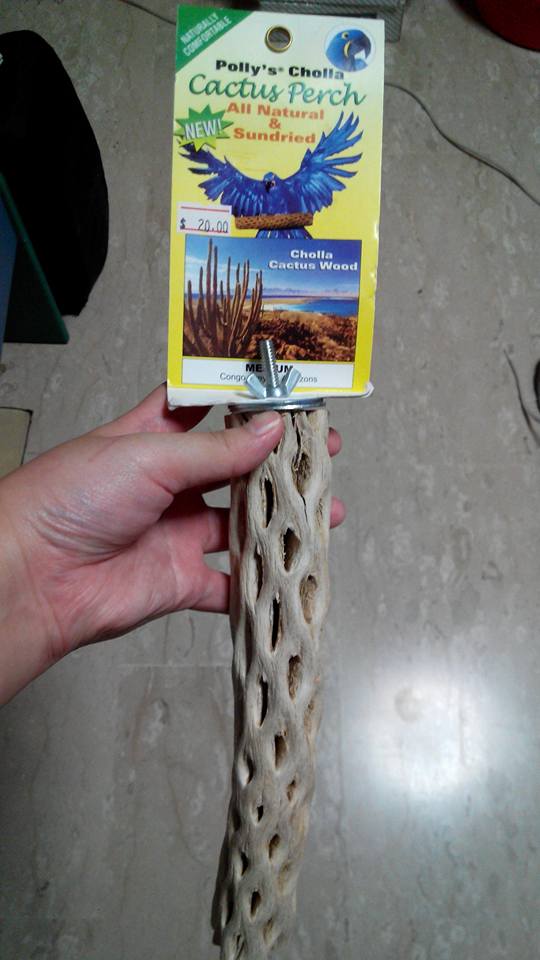


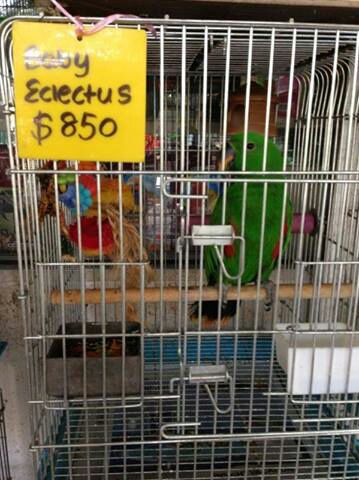
![IMG_20140804_193430[1]](https://lukejade.com/wp-content/uploads/2015/06/img_20140804_1934301.jpg?w=690&h=388)